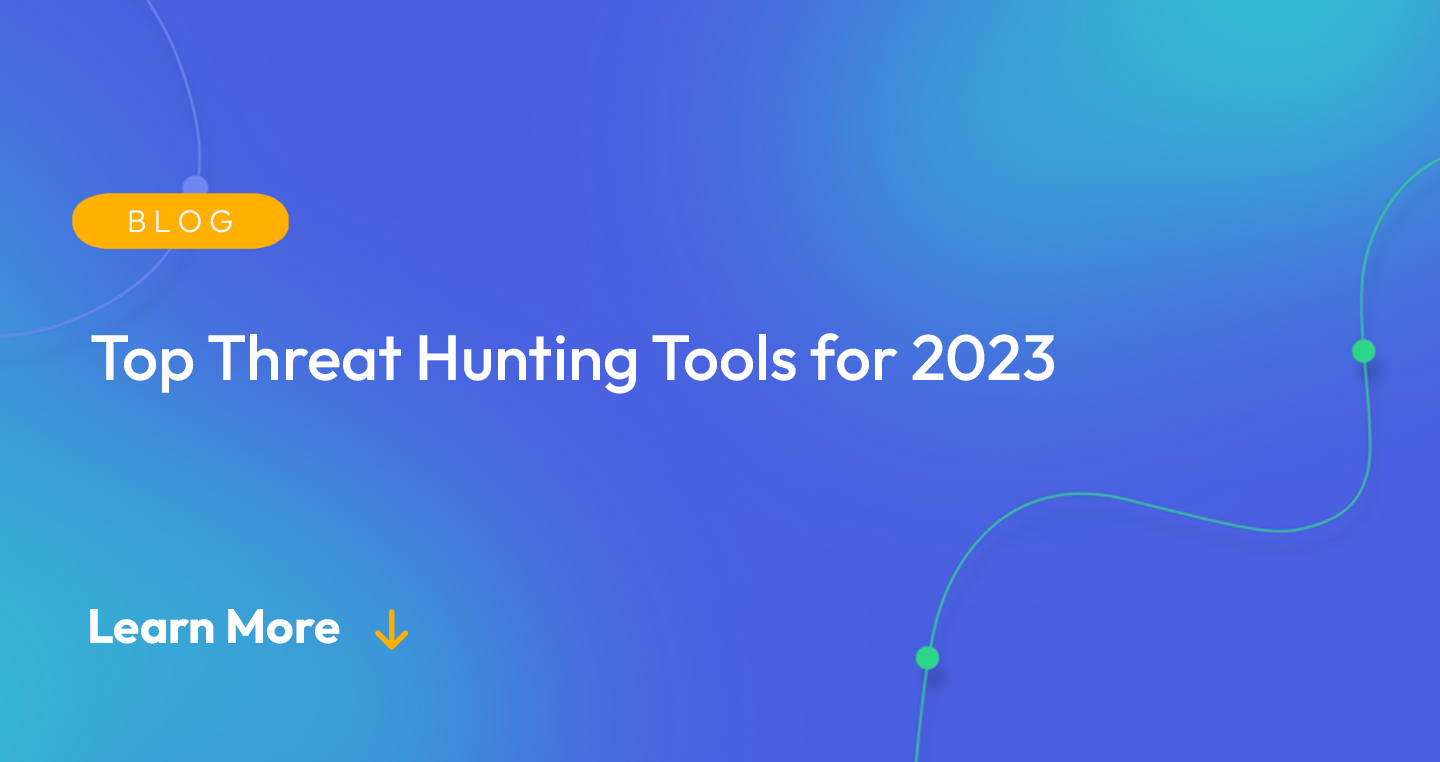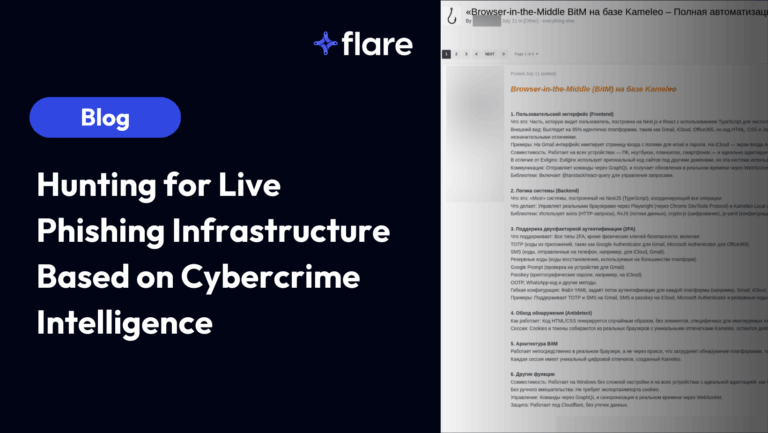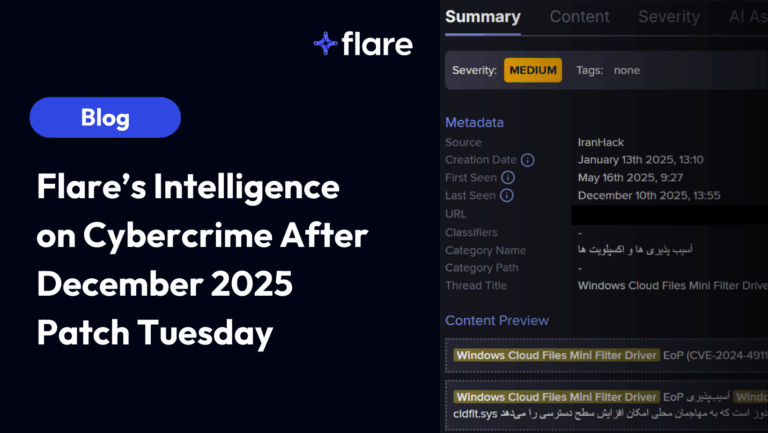
Threat hunting is a crucial aspect of cybersecurity that involves actively searching for and identifying potential security threats before they can cause significant damage. In 2023, threat hunting tools are expected to play an increasingly important role in helping organizations detect and respond to security threats.
This article will provide an overview of the top threat hunting tools that are poised to make a significant impact in 2023, discussing their features, capabilities, and use cases. By familiarizing themselves with these tools, cybersecurity professionals can enhance their threat hunting capabilities and better protect their organizations from emerging threats.
Introduction to Threat Hunting Tools: An Overview
Threat hunting tools are software solutions designed to help cybersecurity professionals proactively identify and respond to potential security threats before they can cause significant damage. These tools leverage advanced analytics and machine learning algorithms to analyze large datasets and identify patterns of malicious activity that may indicate an ongoing or impending attack. By enabling security teams to detect and respond to threats in real-time, threat hunting tools play a crucial role in helping organizations stay ahead of emerging cyber threats.
In recent years, the threat landscape has become increasingly complex and sophisticated, with attackers employing a wide range of tactics, techniques, and procedures to compromise systems and steal sensitive data. In response, threat hunting tools have evolved to become more advanced, leveraging machine learning and other technologies to enhance their capabilities and effectiveness.
This article will provide an overview of some of the top threat hunting tools for 2023, discussing their features, capabilities, and use cases. By understanding these tools and how they can be used to enhance threat hunting and cybersecurity strategies, organizations can better protect their networks and data from emerging threats.
Top Threat Hunting Tools for 2023: Features and Capabilities
Trellix Detection as a Service
Trellix Detection as a Service is an advanced threat hunting solution that leverages machine learning and behavioral analysis to detect and respond to potential threats. Its features include real-time threat intelligence, behavioral analysis, and incident response capabilities.
Palo Alto Networks Cortex XDR
Palo Alto Networks Cortex XDR is an AI-powered threat hunting platform that provides automated detection and response capabilities to help organizations proactively defend against threats. Its features include real-time threat analysis, automated incident response, and endpoint protection.
Cynet XDR
Cynet XDR is a comprehensive threat hunting platform that provides a range of security capabilities, including automated threat detection, endpoint protection, and incident response. Its features include advanced threat hunting, automated incident response, and comprehensive security analytics.
Darktrace Detect
Darktrace Detect is an AI-powered threat hunting platform that provides real-time threat detection and response capabilities. Its features include automated threat hunting, network and endpoint protection, and advanced threat intelligence.
Cybereason
Cybereason is an AI-powered threat hunting platform that provides real-time detection and response capabilities. Its features include automated threat hunting, advanced behavioral analysis, and incident response capabilities.
Carbon Black Cloud
Carbon Black Cloud is an advanced threat hunting solution that provides real-time detection and response capabilities. Its features include automated threat hunting, endpoint protection, and incident response capabilities.
ThreatQuotient
ThreatQuotient is a threat intelligence platform that provides real-time threat intelligence, automated incident response, and threat hunting capabilities. Its features include real-time threat analysis, automated incident response, and advanced security analytics.
Use Cases for Threat Hunting Tools: Enhancing Cybersecurity Strategies
Threat hunting tools can be used in a variety of ways to improve a company’s overall cybersecurity posture. Here are a few use cases for how these tools can enhance cybersecurity strategies:
Early detection and response
By using threat hunting tools to proactively identify threats before they can cause harm, companies can prevent breaches from occurring or minimize the damage caused by an attack.
Vulnerability management
Threat hunting tools can help organizations identify vulnerabilities in their systems and applications, allowing them to patch or fix these issues before they are exploited by cybercriminals.
Incident response
Threat hunting tools can also be used to investigate security incidents and determine the scope and impact of a breach. This information can be used to inform incident response plans and help organizations recover more quickly from an attack.
Compliance
Many industries and regulatory bodies require companies to maintain a certain level of cybersecurity. Threat hunting tools can help organizations demonstrate compliance with these standards and regulations by providing a proactive approach to security.
By incorporating threat hunting tools into their cybersecurity strategies, companies can better protect their assets, detect threats early on, and respond to incidents quickly and effectively.
Best Practices for Implementing Threat Hunting Tools in Your Organization
Threat hunting tools can be powerful resources to help organizations stay ahead of emerging threats and protect their valuable assets. However, implementing these tools can be a complex process that requires careful planning and execution. Here are some best practices for implementing threat hunting tools in your organization:
Define your objectives
Before implementing any threat hunting tools, it is essential to define your objectives. Determine what you want to achieve through threat hunting and how these tools will help you achieve those goals. This will help you select the right tools and focus your efforts.
Build a dedicated team
Threat hunting requires a team of dedicated professionals who are trained in the latest techniques and best practices. Building a team of experts who understand the threats facing your organization and can leverage the tools effectively is crucial for success.
Develop a process
Establish a process for threat hunting that outlines the steps your team will take to identify and respond to threats. This process should be integrated with your overall cybersecurity strategy and should consider factors like data collection, analysis, and response.
Choose the right tools
The threat landscape is constantly evolving, and so are the tools available to combat it. Selecting the right tools for your organization requires a deep understanding of the latest technologies and their capabilities. Consider factors like ease of use, scalability, and integration with other tools and systems.
Stay up to date
Threat hunting is an ongoing process, and it is essential to stay up to date on the latest threats, tools, and techniques. Regularly review and update your process and tools to ensure they remain effective and aligned with your objectives.
By following these best practices, your organization can effectively implement threat hunting tools and stay ahead of emerging threats. The right tools, combined with a dedicated team and a well-defined process, can help you identify and respond to threats before they become major security incidents.
Flare and Threat Hunting
Threat hunting tools are indispensable for cybersecurity practitioners in the ever-evolving landscape of cyber threats. Flare’s external risk monitoring solution complements these tools, providing an added layer of defense and proactive threat detection. By integrating Flare’s solution, organizations can strengthen their security posture, stay ahead of emerging threats, and maintain a robust cybersecurity strategy.
Sign up for a free trial of Flare and experience the difference it can make in your threat hunting efforts.





